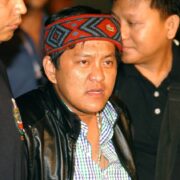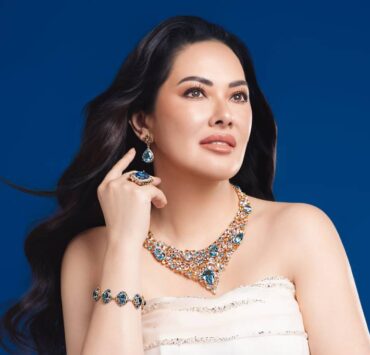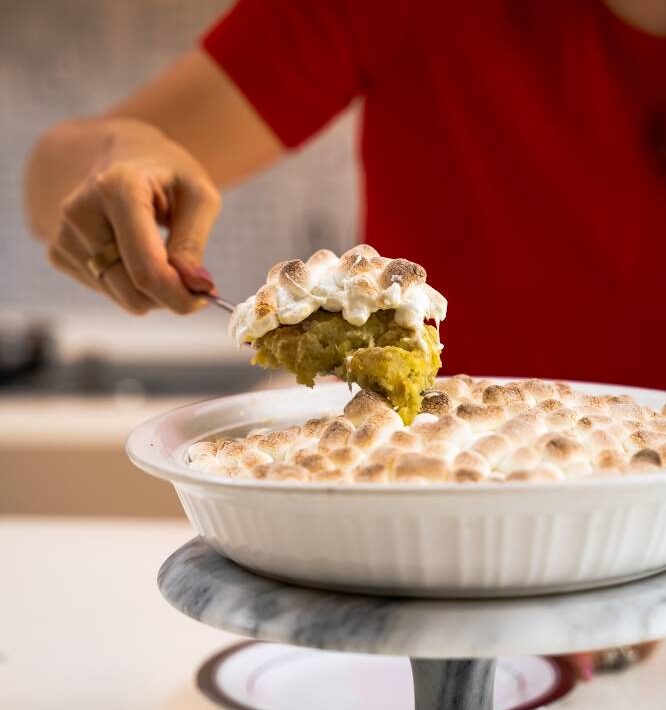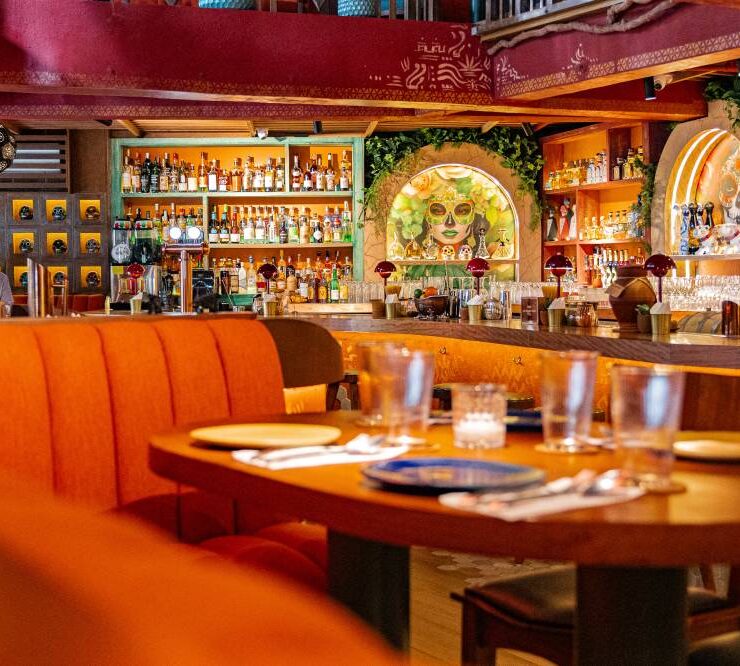Larrie Silva: The forgotten pioneer of PH RTW
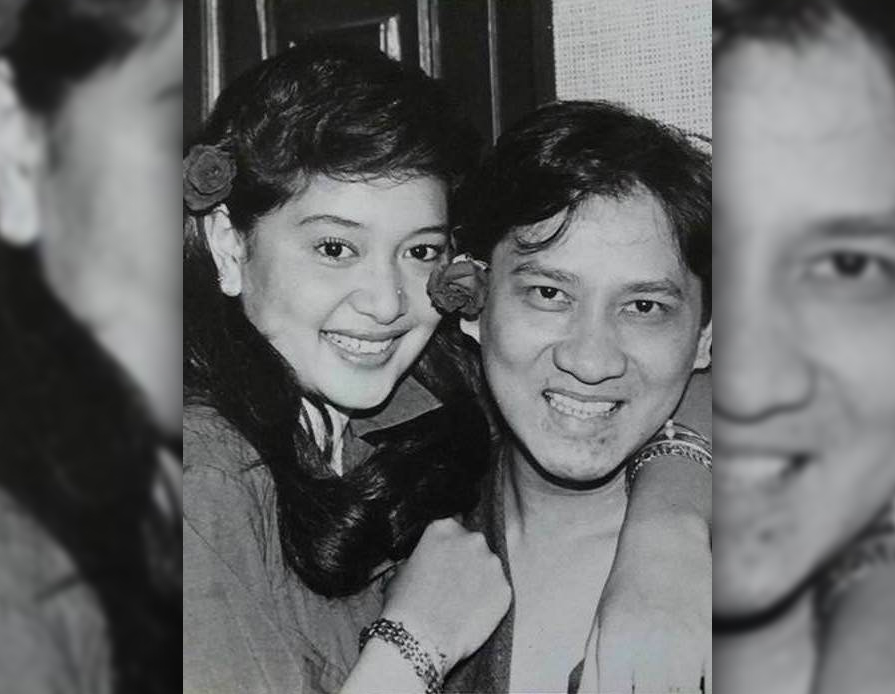
A trailblazer who launched the Philippines’ first designer brand, Larrie Silva made the subsequent decision to step away from the public eye, which led to him being less familiar to the younger generation. He passed away from cancer on May 14.
With Lady Rustan’s and Silvano, Silva created a middle ground between the made-to-measure creations of couturiers and seamstresses, and mass-market offerings. His designs achieved accessibility while still embodying current trends, sophistication, and superior workmanship. Silva educated the market about the importance of quality fabric as fundamental to good design.
In 1972, Laurel “Larrie” Silva, then in his mid-20s, made a striking entry into the local fashion scene. His opportunity arose while he was working as an illustrator for Pierre Balmain in Paris, where he learned that the Philippine ambassador’s wife had recommended him to Gliceria “Glecy” Tantoco, the founder of Rustan’s.
Upon his return to Manila, Silva shared his professional aspirations and design concepts with Tantoco, who then appointed him as the designer for both Lady Rustan’s and the Silvano menswear label bearing his name.
Susan Joven, who headed Rustan’s public relations and advertising, noted the synergy between the two: “Glecy and Larrie made a tandem. He introduced ready-to-wear in the true sense.” While Silva conceived the designs, Tantoco established the Rustan’s factory, which operated on manufacturing principles including standardized sizing, production in large quantities, wearable finished products, and accessible pricing.
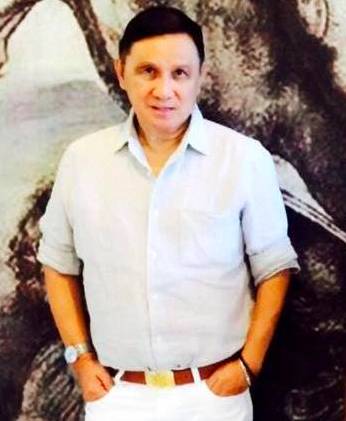
Japanese, French aesthetic
Tantoco welcomed Silva’s innovative ideas, such as importing French models for his inaugural fashion show at the Manila Hilton in 1972. Former designer and fashion writer Lorenzo Leviste remembers assisting Silva during those early days, noting that Silva’s initial collections drew inspiration from Kenzo’s relaxed, flowing forms and lively prints. Leviste adds that Marcy Halili, a Filipino working for Kenzo in Paris, played a role in developing his debut collection, mirroring the Japanese French designer’s silhouettes. Additionally, Silva championed the introduction of natural fibers.
“He generated such excitement that he became a darling of the press. His designs felt new and refreshing at the time,” Joven recounts. Lady Rustan’s consistently held its position as a top-selling brand.
Silva’s clothing embodied the French aesthetic—timeless, understated elegance with emphasis on clean silhouettes and quality. This stood in contrast to the more varied and dynamic Manila style, which often featured brighter colors and silhouettes influenced by both tropical elements and global trends.
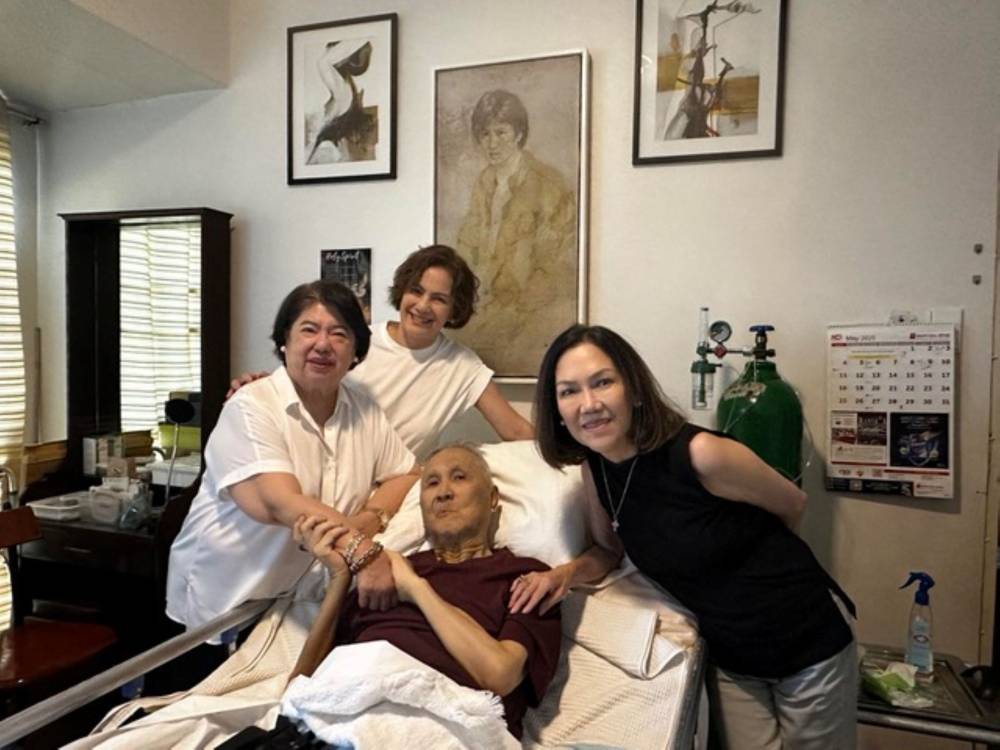
“Larrie once shared with me that if you opt for a bold style, use traditional patterns. Conversely, if it’s a classic design, render it in a striking color or print,” Leviste recalls. He further mentions that in menswear, Silva introduced Mandarin collars, voluminous shirts, well-cut pants, and his own line of designer jeans.
“Larrie had a fondness for the crispness of linen. He consistently wore linen shirts and trousers,” Joven recalls. She also mentions Silva’s collaborations with supermodels such as Pat Cleveland, Anna Bayle, long before she became a celebrity producer.
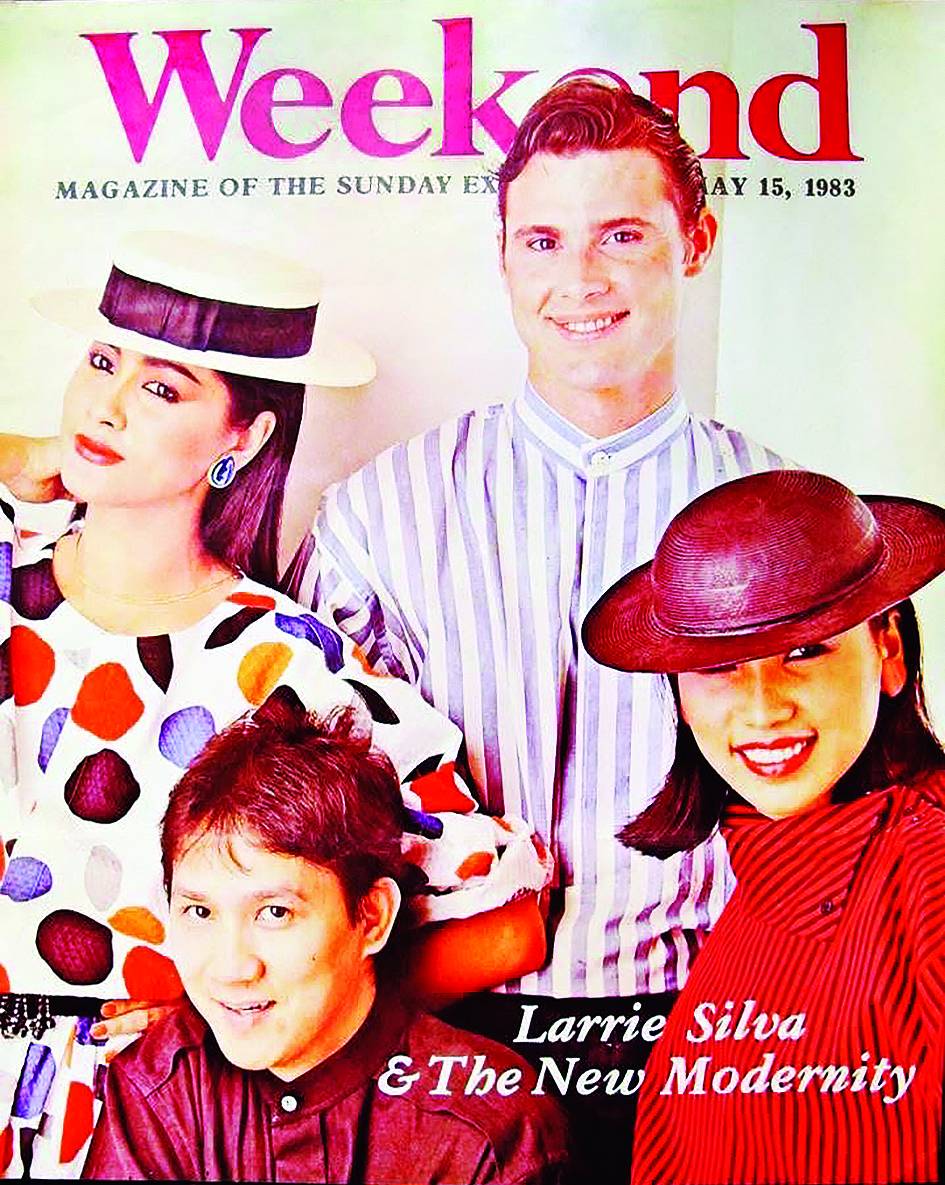
Susan Reyes, a former model and Rustan’s brand manager, first encountered Silva as a member of Rustan’s Young VIP Council, a group of socially-prominent influencers in the 1970s whom Silva would style. “Larrie heightened my awareness of fashion, particularly a style I could easily connect with. You could wear his clothes and feel at ease. I dislike anything too complicated. He offered honest feedback, including what he didn’t like and why. He treated me like a younger sister, and we shared the same sense of humor,” she recounts.
Alumni from Rustan’s—Silva, Joven, Reyes, Vicky Pimentel, and Vicky Lopez Umali—formed a chat group and likewise met regularly, enjoying his sharp wit. Reyes cherished her sibling-like bond with him. They traveled together and at times were roommates. When she bought shoes, Silva, who shared her shoe size, would break them in for her.
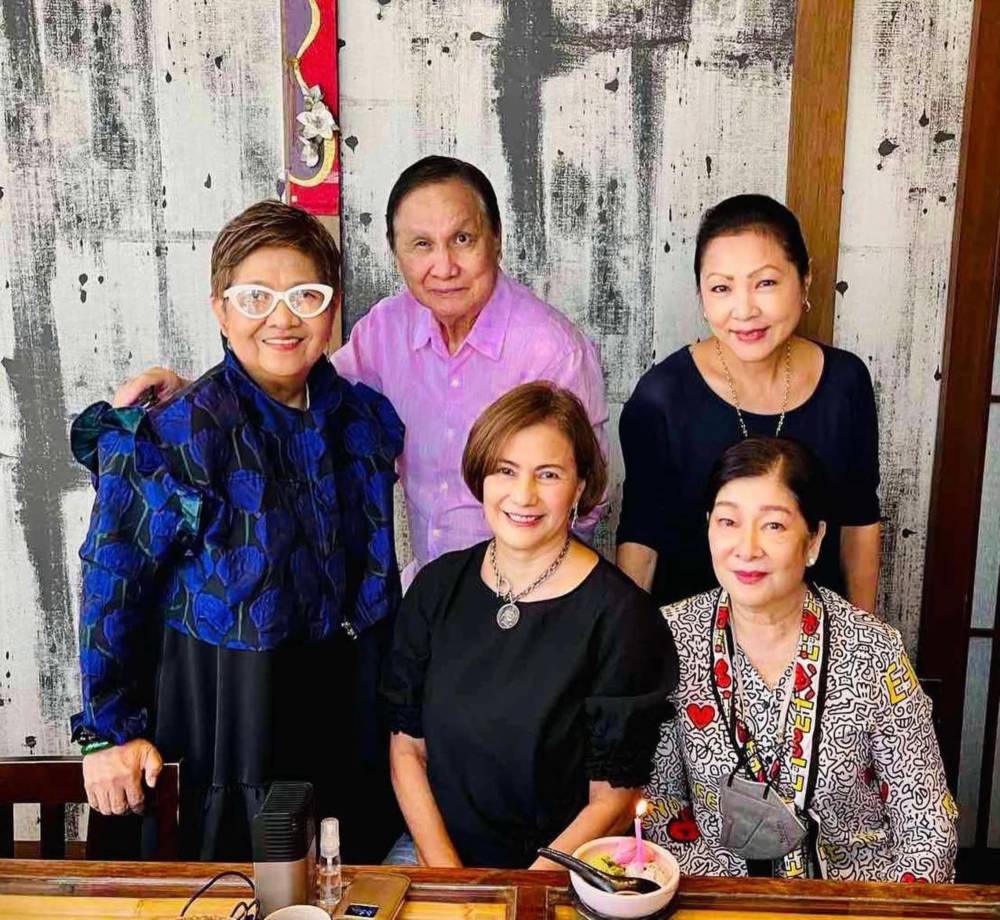
“That’s what I truly appreciated about him. He would guide me on what to wear and how to coordinate outfits. But he was also remarkably intelligent, with interests that extended far beyond fashion,” says Reyes.
In recent years, Silva had navigated various health issues. His kinship with Reyes was such that she accompanied him to medical appointments concerning his neuralgia—facial twitching—and other persistent ailments. When Silva would begin to discuss his health problems over lunch, his friends would gently steer the conversation toward more pleasant topics.
Following his cancer diagnosis this year, Silva opted for palliative care. His nephew, Noel Silva, and nieces, Celine and Lia, provided him with care. Having become a Born-Again Christian after a dark period in his life, Silva requested a pastor to administer the last rites.
It’s a poignant detail that this pioneering designer, who paved the way for so many local ready-to-wear (RTW) brands, is now all but forgotten by much of today’s fashion industry.











